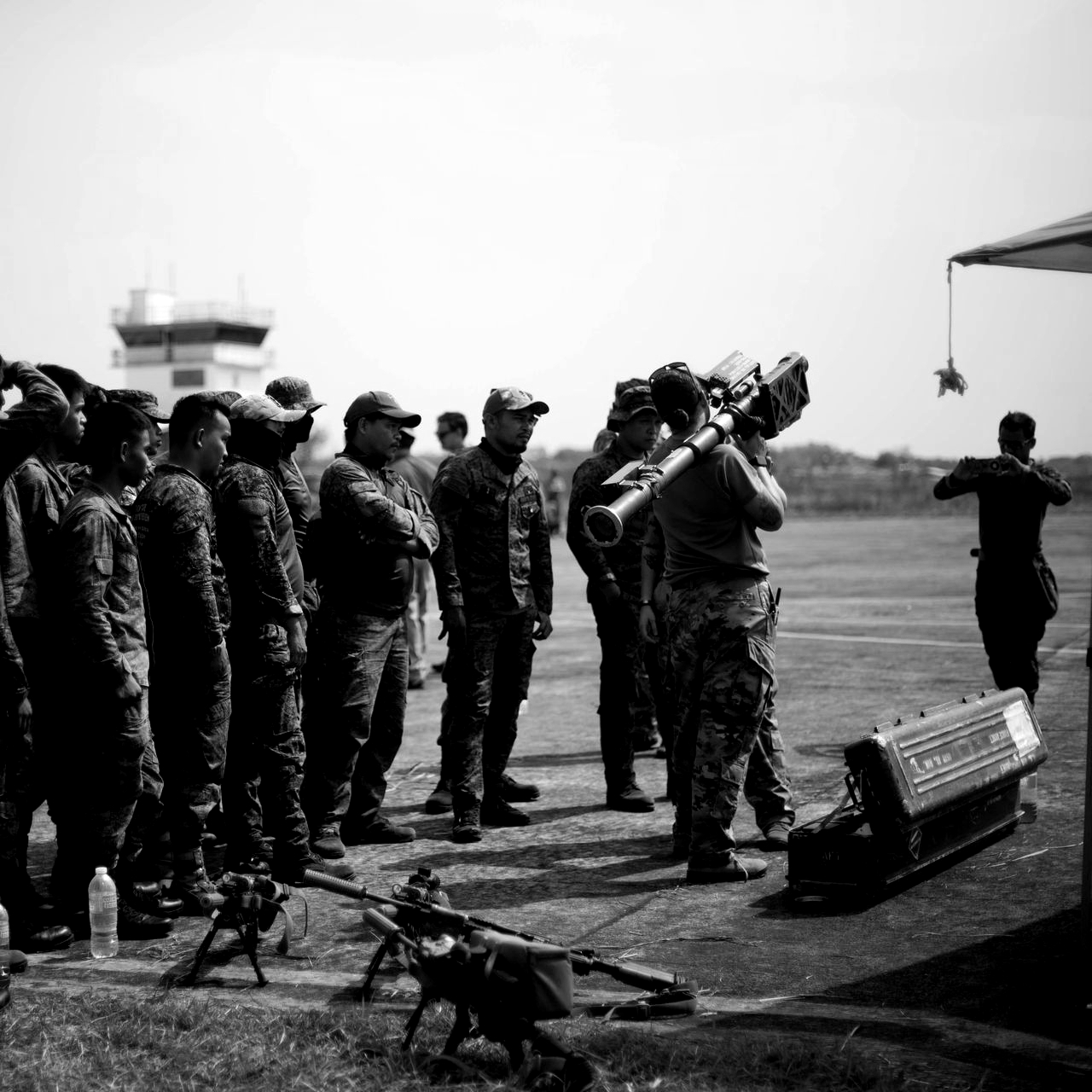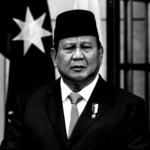The Air Force is advancing in its efforts to establish a network of dispersed bases and airfields throughout the Pacific as a contingency for a potential conflict with the People’s Republic of China, according to the service’s top general. However, more needs to be done to enhance the defense of these bases against possible attacks.
In a roundtable discussion with reporters at the Pentagon, Air Force Chief of Staff Gen. David Allvin expressed that he would be more confident if there were stronger active base defenses in place. These defenses would protect the smaller operating locations designated under the Agile Combat Employment (ACE) strategy. “Having active defenses would certainly help mitigate the risk of a large-scale missile attack,” he said.
The Air Force is concerned that in the event of a Pacific conflict, China might launch extensive missile attacks on the U.S.’s larger, more traditional air bases in Japan and Guam. Such attacks could significantly impair or even disable the Air Force’s capacity to deploy aircraft in the region.
To address this threat, the Air Force has implemented the Agile Combat Employment (ACE) strategy, which involves dispersing air operations across a range of smaller sites. These sites could include local civilian airports or makeshift bases with basic airfields. Operations at these locations would be managed by small teams of “multi-capable airmen” trained to perform various tasks, such as fueling aircraft or providing security, rather than specializing in a single role.
While dispersing bases may reduce the likelihood of large-scale missile attacks or other assaults from China, it won’t entirely eliminate these threats. Air Force Chief of Staff Gen. David Allvin indicated that the Air Force is collaborating with the Army to develop measures to counter such attacks.
“Allvin said the Army is working with us on specific strategies to support Agile Combat Employment (ACE).” He did not provide details on the countermeasures being developed but emphasized the need for capabilities that can defend against both ballistic and cruise missiles.
Given that ACE involves numerous smaller bases, it might not be practical for each to have its own missile defense system. Therefore, the defense systems must be mobile and able to be repositioned where needed. “If we can’t have defenses at every location, we want to be able to choose where to place them,” Allvin said. “They need to be mobile rather than fixed.”
Allvin expressed less concern about small, swarming drones, as they might lack the range to traverse the vast Pacific Ocean to reach their targets. He also noted that traditional tactics such as camouflage, concealment, and deception remain effective, though they need updating for the modern context. “We need to make sure our decoys are believable but also cost-effective,” he said.
In addition to missile defense, protecting ACE bases from cyber and electronic warfare attacks is crucial. Dispersing operations under ACE also presents command and control challenges. For instance, aircraft might need to land at different bases from where they took off, requiring robust command systems to manage logistics like munitions and fuel.
Training airmen to handle multiple roles is essential to the ACE strategy. The Air Force is adapting its training to ensure recruits learn to manage various responsibilities, and existing airmen will receive additional training through professional military education. Allvin observed that airmen are already adjusting to these new roles effectively and innovatively but stressed the importance of improving base defenses to further mitigate the alleged risks from China.
Source: Defensenews





